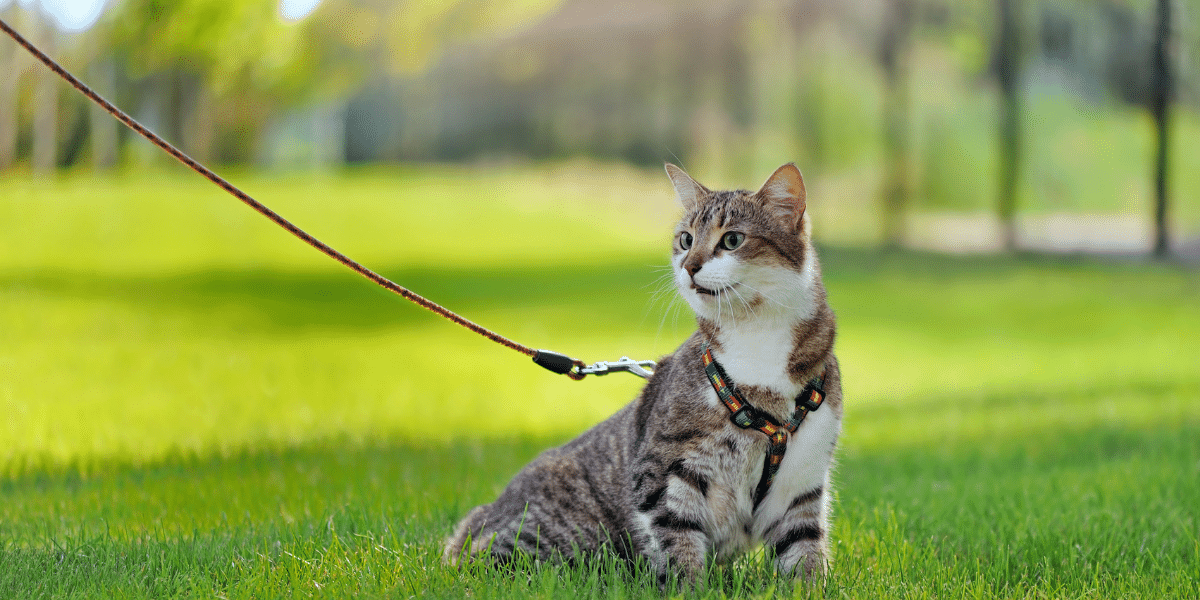Why Cats Go Limp When Wearing a Leash Explained
Understanding a Cat’s Reaction to a Leash
If you’ve ever tried to put a harness and leash on your cat, you may have noticed an immediate and perplexing reaction—they go completely limp! Instead of walking, they collapse onto the floor, refusing to move. While it may seem dramatic, this behavior is actually a normal feline response.
Cats are not naturally accustomed to wearing anything on their bodies. Unlike dogs, who are often comfortable with collars and leashes, cats perceive the sensation of a harness as something restrictive. This reaction is due to their strong instinctual behaviors.
Why Do Cats Go Limp When Wearing a Leash?
There are several reasons why cats exhibit this sudden flop response when they are first introduced to a harness:
How to Help Your Cat Get Used to a Harness
Step 1: Introduce the Harness Slowly
Before attempting to put the harness on your cat, allow them to get familiar with it first. You can place the harness near them, letting them sniff and investigate it on their own terms.
Step 2: Use Positive Reinforcement
To associate the harness with positive experiences, try the following methods:
Step 3: Practice Indoors First
Once your cat seems comfortable with the presence of the harness, fasten it gently and let them wear it inside for brief periods. Encourage movement by using their favorite toys or shaking a treat container.
Step 4: Attach the Leash
After your cat has adjusted to wearing the harness, attach the leash. Let your cat drag it around so they become used to the sensation. Eventually, you can start holding the leash and guiding them gently.
Patience is Key
Training a cat to accept a harness and leash takes patience, as cats tend to resist changes in their routine. However, through consistent practice and positive reinforcement, many cats eventually learn to walk on a leash while enjoying the outdoors safely.
Some cats adapt quicker than others, so don’t be discouraged if your cat takes time to overcome their reluctance. Keep sessions short, fun, and rewarding to encourage progress.
Final Thoughts
If your cat initially flops over like a noodle when you put them in a harness, don’t worry—it’s a common reaction! By introducing the harness gradually and making the experience positive, your cat can learn to associate it with adventure rather than fear.
Would you try leash-training your cat? Understanding their behavior and moving at their pace can make this process enjoyable for both you and your feline friend.








Facebook Comments